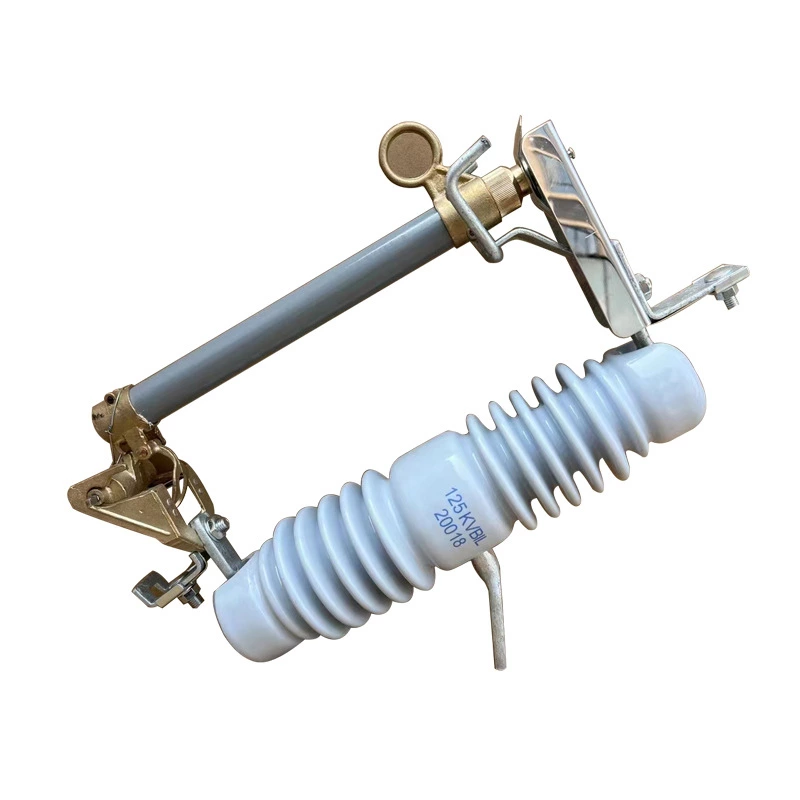Analysis On The Classification System And Technical Characteristics Of Drop-out Fuses
1. Press voltage, etc. Classification
1. 10kV High Voltage Fuse
... A, breaking capacity 12.5kA, suitable for distribution network overhead line branch protection
Typical model: RW11-10 is equipped with a two-way exhaust valve, which can withstand strong winds of 35m/s
2. 35kV class fuse
Structural innovation: Three-stage fuse structure (arc extinguishing section + current limiting section + isolation section) with a total length of 1.2m
Special design: Equipped with a spiral ionization device, the power frequency recovery voltage gradient after disconnection is ≤3kV/μs
Application scenario: Overcurrent protection on the 35kV side of the main transformer of a small substation, combined with load switches to form a combined electrical appliance
1. Gas-generating fuses
Core material: The inner wall of the melting tube is lined with polycarbonate gas-generating material. When the arc temperature reaches 3000K, the gas production is ≥0.8m³/kA
Arc extinguishing mechanism: Pass The decomposed gas forms a longitudinal arc, and the airflow speed can reach 120m/s
Scope of application: distribution lines with short-circuit current ≤16kA, areas with an altitude of ≤2000m
2. Ejector fuse
Pressure control: Built-in nitrogen pressure storage chamber (0.6-0.8MPa), piston nozzle structure
Technical advantages: Can establish 20kPa arc blowing pressure within 3ms, and the breaking capacity is increased to 50kA
Typical applications: New energy station collector line protection, can quickly cut off the fault current with DC component > 40%
1. Single drop type
... ², contact separation speed ≥ 1.2m/s
Economical efficiency: The cost is 30% lower than the double-time type, suitable for lines with a failure rate of less than 0.5 times/year
2. Double drop type
Innovative structure: built-in parallel double fuse system, equipped with mechanical backup channel switching mechanism
Functional features: automatically switch to the backup fuse after the first fuse is blown, maintaining 30% temporary power supply capacity
Application value: important user power supply lines can strive for 45 minutes of emergency processing time
1. Transformer protection type
... A magnetic blow device is installed inside to limit the false operation caused by the excitation surge current
Matching parameters: Deviation from the transformer impedance voltage ≤±5%
2. Capacitor bank protection type
High frequency characteristics: The fuse adopts a twisted wire structure, and the skin effect coefficient is ≤1.15
Breaking characteristics: It can cut off capacitive current up to 400A, and the probability of heavy breakdown is <0.1% overvoltage
Voltage suppression: Built-in ZnO voltage limiting element, which limits the operating overvoltage to 2.5p.u.

